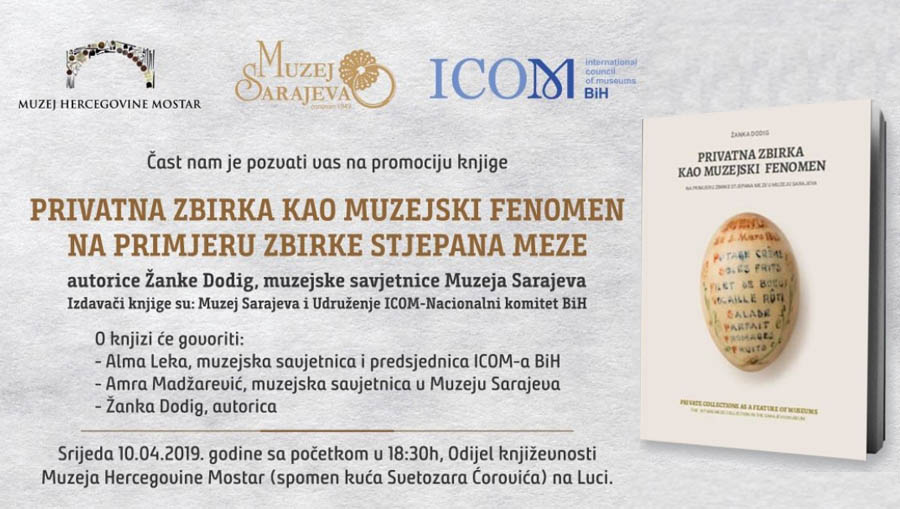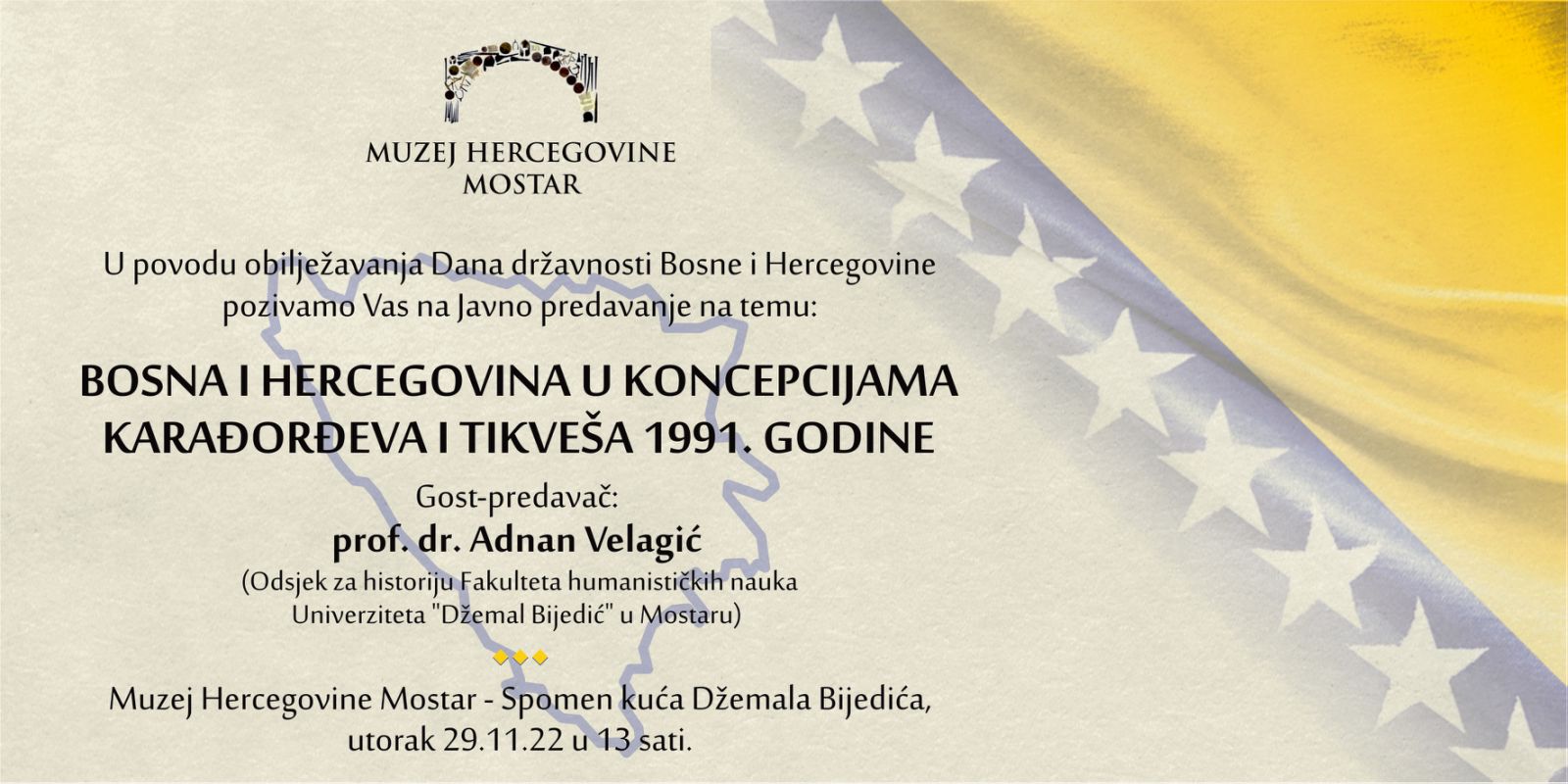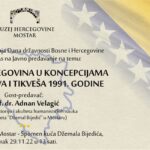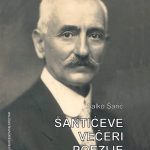Private collection as a museum phenomenon – on the example of the Collection of Stjepan Meza in the Museum of Sarajevo, of author Žanka Dodig, is the result of the author’s long-term work on the collection and legacy of Stjepan Meza, and gives an insight into the current knowledge about the phenomenon of collecting, collections and collectors, about the beginnings of collecting in the world , as well as the way of preserving comprehensive heritage in museums.













